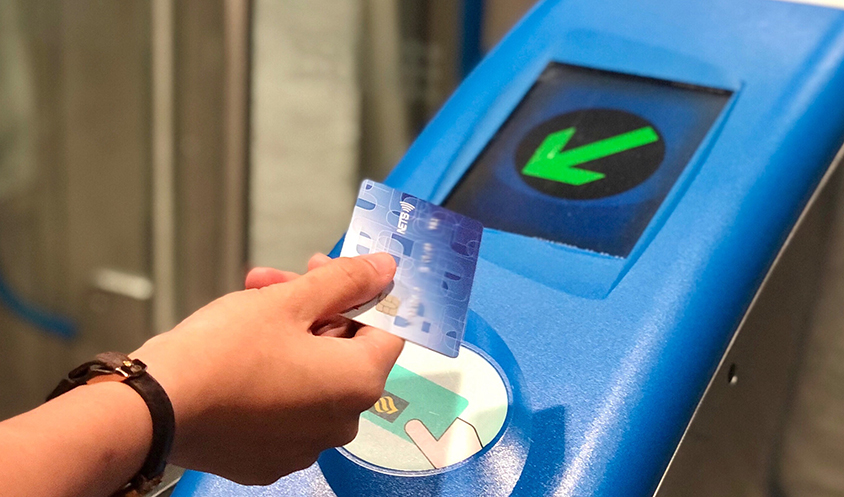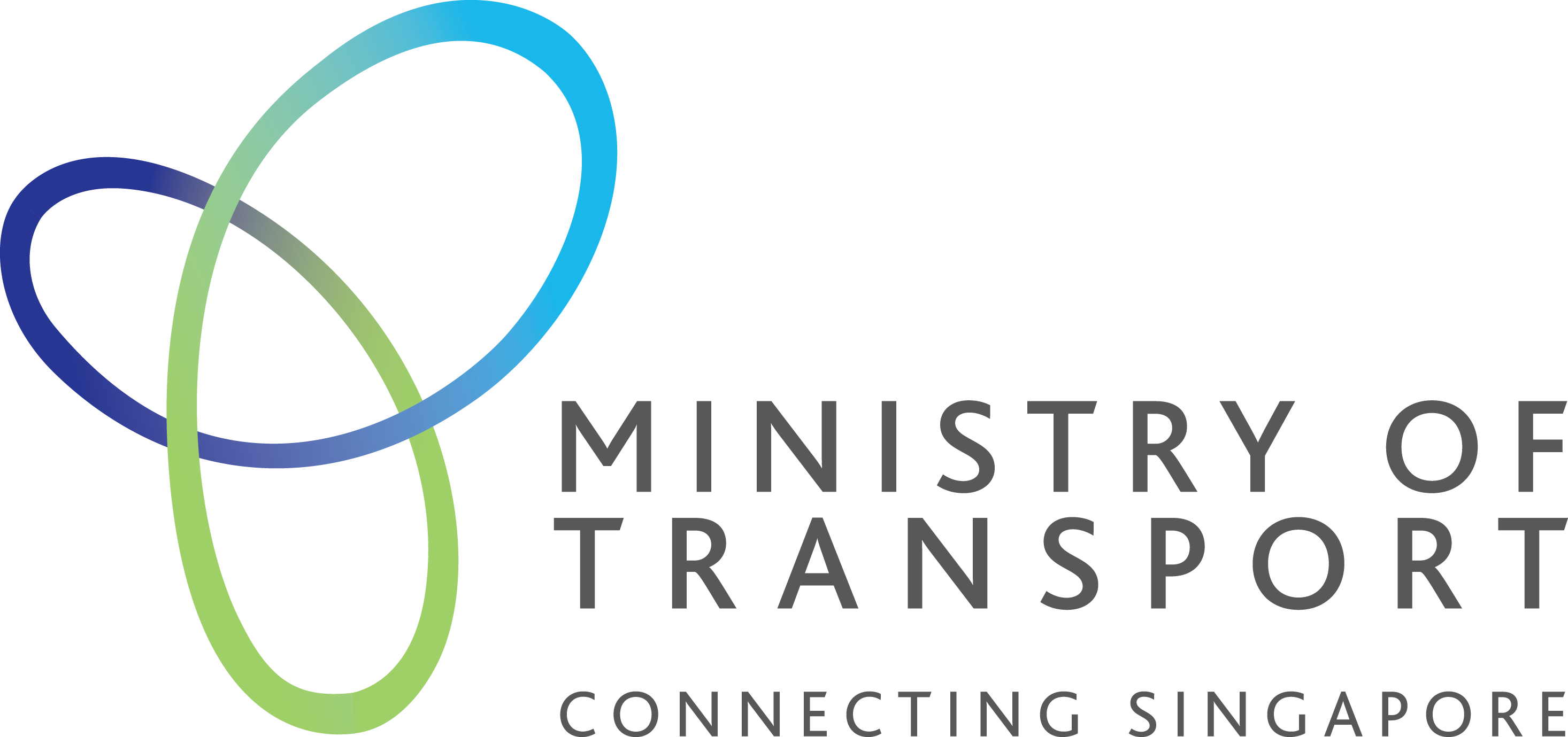Fares, payment structure, journey planning
Keeping public transport affordable for all.
On this page
Policies
The Public Transport Council (PTC) regulates public transport fares and ticket payment services. Public transport fares are reviewed annually based on a fare formula, which balances the need to keep public transport system financially sustainable, while ensuring that fare adjustments are reasonable and affordable for commuters.
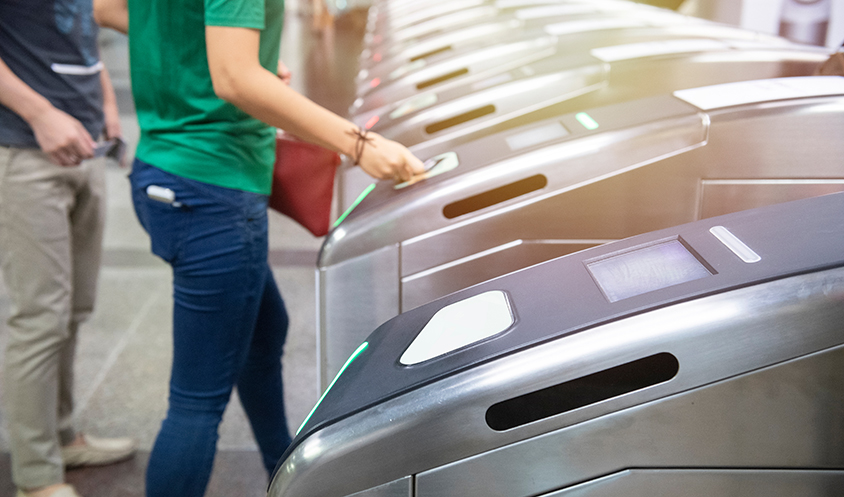
Distance-based fares
Under the distance-based fare structure introduced in 2010, commuters pay fares according to distance travelled from origin to destination, for up to five transfers made within a journey.
Learn more about the travel fares.
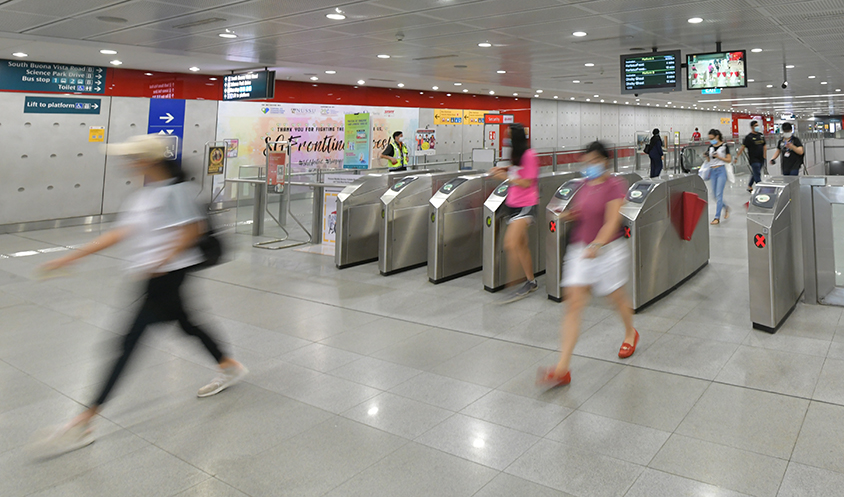
Fare regulation framework
It is important for our public transport system to be financially sustainable. The public transport system is funded by both Government subsidies and commuter fares. Neither can be raised beyond the ability of taxpayers to bear nor commuters to pay. Operators have to be incentivised to be efficient and to make productivity improvements to generate viable revenue streams, rather than to rely solely on fare increases and subsidies to cover increases in operating costs.
PTC conducts a Fare Review Exercise annually to ensure that fare adjustments will not overburden commuters, while taking into account adjustments to costs. It is guided by a fare formula which protects the interests of commuters by capping the fare adjustment, rather than allowing operators to pass on full operating costs to be borne by commuters.
Learn more about the fare adjustment formula and mechanism.
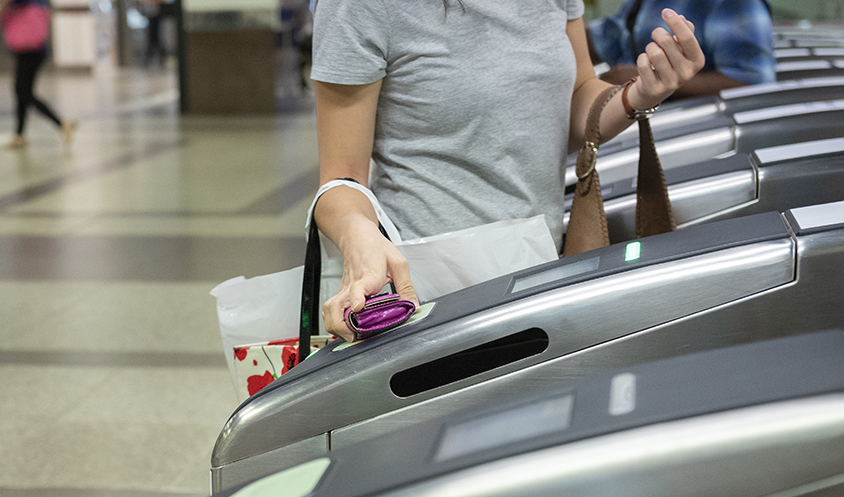
Fare concessions
We provide targeted concession schemes to keep fares affordable for select groups of commuters, including lower-wage workers, persons with disabilities, seniors, full-time national servicemen (NSF) and students. These commuters enjoy per journey fares that are up to 70 per cent lower than standard adult fares, or discounted monthly concession passes that provide unlimited bus and/or train rides. Children below 7 years old can also travel for free.
Learn more about the fare concessions.
Morning pre-peak fares
Commuters can save up to 50 cents when they tap in before 7.45am at any rail station on weekdays (except Public Holidays). This scheme, introduced in December 2017, encourages more commuters to travel before the morning peak hours to spread out the passenger load.
Learn more about the morning pre-peak fares.
Travel Smart Journeys
Travel Smart Journeys (TSJ) was introduced in February 2020 to distribute peak hour public transport demand, by encouraging commuters to adopt alternative modes of travel.
Eligible commuters receive points per ride that can be redeemed for travel credit, when they take select buses during the weekday morning peak from Punggol, Sengkang, Buangkok, or Hougang to popular destinations such as Paya Lebar or the Central Business District.
Since 2 January 2025, TSJ has been enhanced:
More bus services: LTA has extended the TSJ scheme to include more bus services.
Inclusion of rail network: LTA has expanded the TSJ to also provide incentives for NEL commuters who shift their morning travel time on the rail network to pre- or post-peak hour periods.
Higher fare discounts: The enhanced scheme now offers fare discounts of up to 80% on journey fares.
Learn more about Travel Smart Journeys.
Account-based ticketing payment
Launched in 2019, this payment system also known as SimplyGo, allows commuters to travel by tapping their contactless bank cards (AMEX/MasterCard/NETS ATM/Visa) or mobile wallets on bus fare readers or train fare gates, instead of carrying an additional card.
Adult EZ-Link and concession cardholders may also choose to convert their existing card-based ticketing cards to account-based ticketing cards to enjoy benefits such as being able to perform top-ups for family members via the SimplyGo mobile application without having the card physically present, and to block lost cards quickly so as to protect the stored value in the account.
Learn more about the ride payments.
